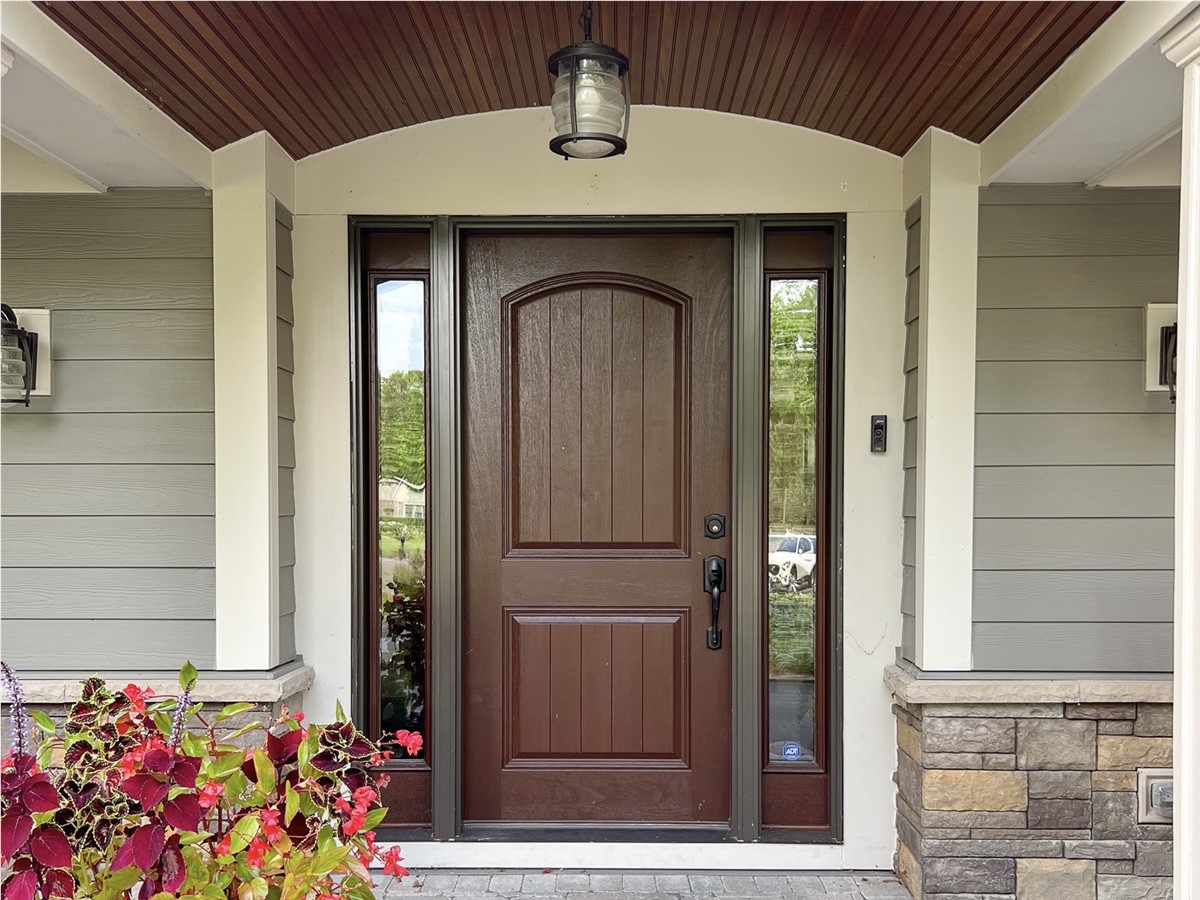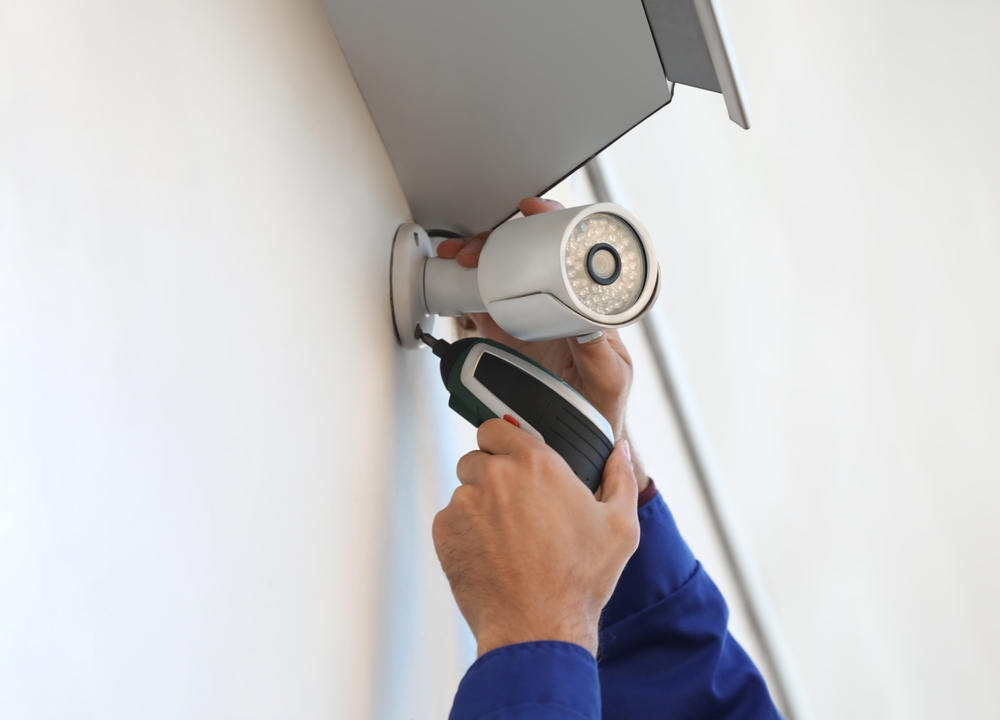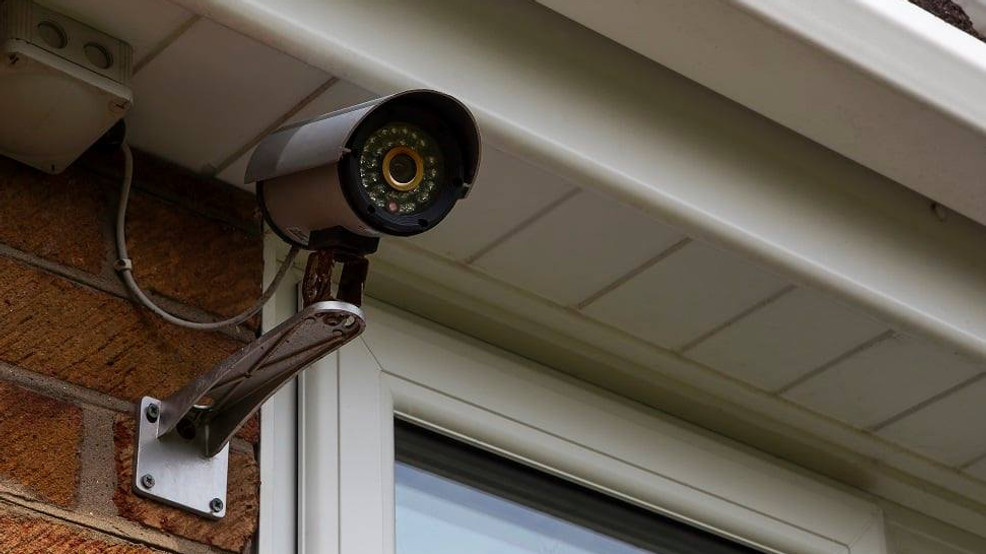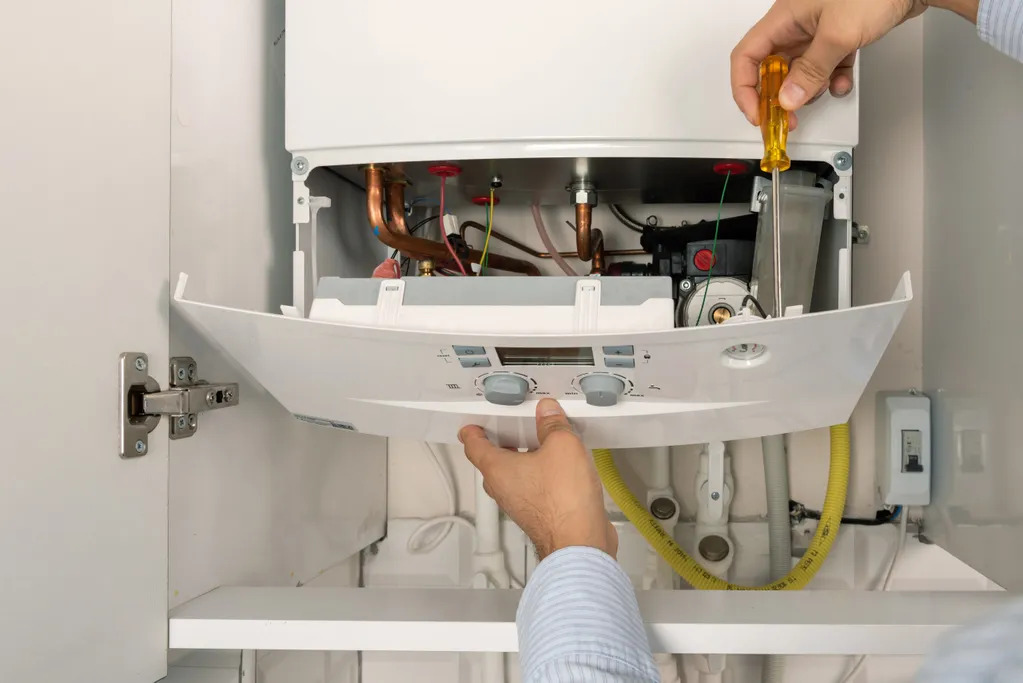The rooftop is the first layer of protection against external environmental factors that makes it prone to wear and tear. Insensitive weather conditions, frequent rain, and storm, particularly in the coastal area, makes the roof vulnerable to damage. Extreme weather conditions, including high-velocity wind, hail, rain, and severe temperature, cause damage to the roof material.
Without proper maintenance and replacement, crack appear on the roof, and water and debris start sipping inside the house. Renovation and replacement of tattered roofs increase the financial and artistic value of the property manifolds. Consult with a residential roofing company to erect a new top according to your budget and structure.
Hail
Hail can cause havoc and damage to the shingles; the effect depends on size, speed, and temperature. In extreme conditions, the shingle can break or crack. The hailstorm can eradicate the veneer from asphalt roofing, making it weak and more vulnerable. The normal wind has minimal effect on any type of roof, but a tornado or severe storm can cause significant damage. Shingles around the roof boundary are more prone to damage when exposed to strong wind; over time, they get slack and completely tattered if not renovated in time. To avoid serious damage, engage a residential roofing contractor to fix it.
Rain
Rain is the most common factor that affects roof material and construction. Heavy downpours or continuous rain can sip through the feeble spots of the roof in the ceiling. The dampness in the ceiling causes the thriving of molds, mildew, and decomposition, consequently damaging the integrity of the house. If the roof was previously damaged, the rain will accelerate the cavity and create more cracks to water flow through it. If enough water gushes through, it will dampen the wall and cause further damage.
Snow
If snow melts or falls through the roof, the effect is minimal, but if it accumulates on the top, the weight can cause structural damage to the roof and building. If the temperature varies, the snow can defrost and refreeze, causing ice dams. The ice dam entraps more snow within the perimeter, and when snow thaw, the melted water will not be able to flow. The confined water finds its way to the ceiling through the shingles.
High temperature
Extreme hot weather coupled with scorching sunlight damage the roof just like other severe weather conditions. If it is a scorching day with 90 degrees, the roof temperature can rise to 150 degrees if the material absorbs heat. With heat, humidity is a common factor that creates condensation, and water gets collected under the shingles. In the summer months, the temperature wax and wanes day and night, which causes stress due to the expansion and contraction of the shingles.
These abrupt changes alter the overall integrity of the roof, which could lead to a split roof. Excessive heat discolors the asphalt shingles, and as the structure becomes fragile other weather factors deteriorate the roof structure.
Preventive measures
Regular inspection and renovation can prevent severe damage before it occurs. Even if your residence area does not experience severe area or rise and fall in temperature, trivial damage could take place. Regular maintenance work by professionals keeps the roof sturdy and aesthetic.
Need reliable pest control near me? Turn to Alta Pest Control in Spokane, Washington. Our experienced technicians will handle all your pest problems, ensuring a safe and pest-free environment for you and your family.















